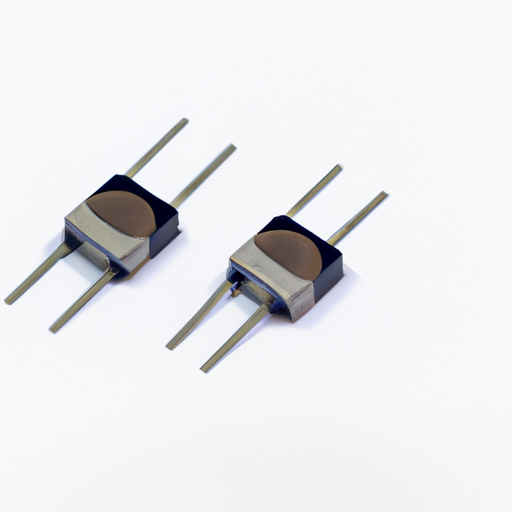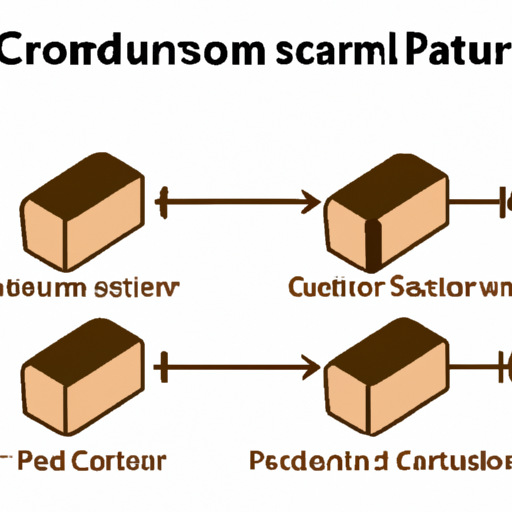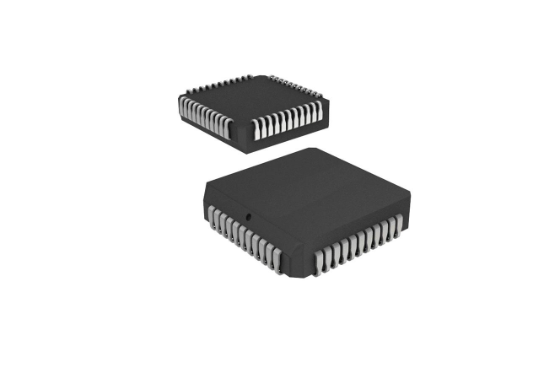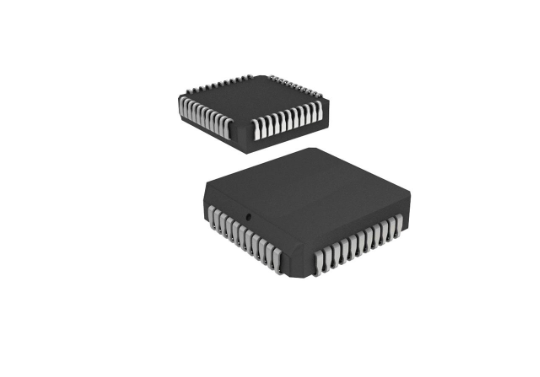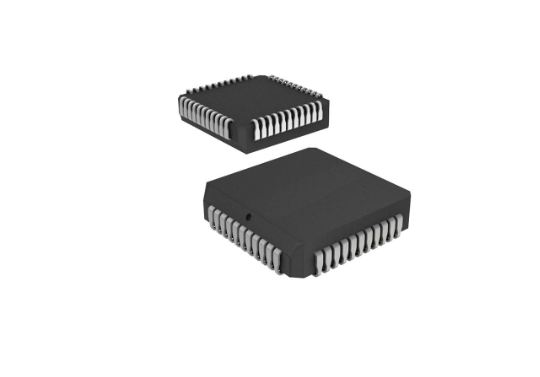How big is the market size of RF inductors?
How Big is the Market Size of RF Inductors?
I. Introduction
A. Definition of RF Inductors
Radio Frequency (RF) inductors are passive electronic components that store energy in a magnetic field when electrical current flows through them. They are essential in RF circuits, where they help filter signals, manage impedance, and perform various functions critical to the operation of electronic devices. RF inductors are characterized by their ability to operate at high frequencies, typically ranging from 3 kHz to 300 GHz.
B. Importance of RF Inductors in Modern Electronics
In today's fast-paced technological landscape, RF inductors play a pivotal role in enabling communication and connectivity. They are integral to various applications, including telecommunications, automotive systems, and consumer electronics. As the demand for wireless communication and advanced electronic devices continues to rise, the significance of RF inductors becomes increasingly pronounced.
C. Purpose of the Article
This article aims to explore the market size and growth potential of RF inductors, providing insights into their functionality, applications, market dynamics, trends, competitive landscape, and future outlook.
II. Overview of RF Inductors
A. Functionality and Applications
1. Role in RF Circuits
RF inductors are crucial in RF circuits, where they help filter out unwanted frequencies, stabilize voltage levels, and manage signal integrity. They work in conjunction with capacitors and resistors to create tuned circuits that can select specific frequencies for transmission or reception.
2. Common Applications
RF inductors find applications across various sectors, including:
Telecommunications: Used in base stations, antennas, and mobile devices to ensure efficient signal transmission and reception.
Automotive: Integral to advanced driver-assistance systems (ADAS), electric vehicles (EVs), and infotainment systems.
Consumer Electronics: Found in smartphones, tablets, and smart home devices, enabling wireless connectivity and functionality.
B. Types of RF Inductors
RF inductors come in various types, each suited for specific applications:
1. Air-core Inductors
These inductors do not use a magnetic core, making them lightweight and suitable for high-frequency applications. They are often used in RF amplifiers and oscillators.
2. Ferrite-core Inductors
Ferrite-core inductors utilize a magnetic core made of ferrite material, which enhances inductance and efficiency. They are commonly used in power supplies and RF filters.
3. Multilayer Inductors
These inductors consist of multiple layers of conductive and insulating materials, allowing for compact designs with high inductance values. They are ideal for surface-mount applications.
4. Chip Inductors
Chip inductors are small, surface-mount devices that offer high performance in a compact form factor. They are widely used in mobile devices and other miniaturized electronics.
III. Market Dynamics
A. Current Market Size
1. Global Market Valuation
The global RF inductor market has witnessed significant growth in recent years, driven by the increasing demand for wireless communication and advanced electronic devices. As of 2023, the market is valued at approximately $XX billion, with projections indicating continued growth in the coming years.
2. Regional Market Breakdown
The RF inductor market is distributed across various regions, with notable growth in:
North America: Home to major technology companies and a strong telecommunications infrastructure.
Europe: A hub for automotive innovation and consumer electronics.
Asia-Pacific: The largest market, driven by rapid industrialization, technological advancements, and a growing consumer base.
B. Growth Drivers
1. Increasing Demand for Wireless Communication
The proliferation of smartphones, tablets, and IoT devices has fueled the demand for RF inductors. As wireless communication technologies evolve, the need for efficient and reliable RF components becomes paramount.
2. Growth in Consumer Electronics
The consumer electronics sector continues to expand, with innovations in smart devices, wearables, and home automation systems. RF inductors are essential for ensuring seamless connectivity and performance in these devices.
3. Advancements in Automotive Technology
The automotive industry is undergoing a transformation with the rise of electric vehicles and autonomous driving technologies. RF inductors play a critical role in enabling communication between vehicles and infrastructure, enhancing safety and efficiency.
C. Challenges and Restraints
1. Supply Chain Issues
The global semiconductor supply chain has faced disruptions, impacting the availability of RF inductors. Manufacturers must navigate these challenges to meet growing demand.
2. Competition from Alternative Technologies
RF inductors face competition from alternative technologies, such as digital signal processing and integrated circuits, which may offer similar functionalities in certain applications.
3. Regulatory Challenges
Compliance with environmental regulations and standards can pose challenges for manufacturers, particularly in terms of material sourcing and production processes.
IV. Market Trends
A. Technological Advancements
1. Miniaturization of Components
The trend toward miniaturization in electronics has led to the development of smaller, more efficient RF inductors. This trend is driven by the demand for compact devices that do not compromise on performance.
2. Integration with Other Electronic Components
Manufacturers are increasingly integrating RF inductors with other components, such as capacitors and resistors, to create compact, multifunctional modules that enhance performance and reduce assembly time.
B. Emerging Applications
1. Internet of Things (IoT)
The IoT revolution is driving demand for RF inductors in smart devices, sensors, and connected appliances. These components are essential for enabling communication and data transfer in IoT ecosystems.
2. 5G Technology
The rollout of 5G networks is creating new opportunities for RF inductors, as they are critical for managing high-frequency signals and ensuring reliable connectivity in 5G-enabled devices.
3. Smart Home Devices
As smart home technology continues to evolve, RF inductors are becoming increasingly important in devices such as smart speakers, security systems, and home automation hubs.
C. Sustainability and Environmental Considerations
1. Eco-friendly Materials
Manufacturers are exploring eco-friendly materials and production processes to reduce the environmental impact of RF inductors. This trend aligns with the growing emphasis on sustainability in the electronics industry.
2. Recycling and Waste Management
Efforts to improve recycling and waste management practices for electronic components, including RF inductors, are gaining traction as companies seek to minimize their ecological footprint.
V. Competitive Landscape
A. Key Players in the RF Inductor Market
The RF inductor market is characterized by the presence of several key players, including:
Company A: A leading manufacturer known for its innovative RF solutions.
Company B: Specializes in high-performance inductors for telecommunications and automotive applications.
Company C: Focuses on miniaturized inductors for consumer electronics.
B. Strategies Adopted by Key Players
1. Mergers and Acquisitions
To enhance their market position, key players are engaging in mergers and acquisitions, allowing them to expand their product offerings and reach new markets.
2. Product Innovation
Continuous investment in research and development is driving product innovation, with companies introducing advanced RF inductors that meet the evolving needs of the market.
3. Strategic Partnerships
Collaborations with technology firms and research institutions are enabling manufacturers to leverage expertise and resources, fostering innovation and growth.
VI. Future Outlook
A. Projected Market Growth
1. Forecast for the Next 5-10 Years
The RF inductor market is expected to experience robust growth over the next 5-10 years, with a projected compound annual growth rate (CAGR) of XX%. This growth will be driven by advancements in technology and increasing demand across various sectors.
2. Factors Influencing Future Growth
Key factors influencing future growth include the expansion of 5G networks, the rise of IoT applications, and the ongoing evolution of consumer electronics.
B. Potential Market Opportunities
1. New Geographic Markets
Emerging markets in Asia, Africa, and Latin America present significant opportunities for RF inductor manufacturers as demand for electronic devices continues to rise.
2. Niche Applications
Niche applications, such as medical devices and aerospace technology, offer additional growth potential for RF inductors, as these sectors require specialized components with high reliability.
VII. Conclusion
A. Summary of Key Findings
The RF inductor market is poised for significant growth, driven by increasing demand for wireless communication, advancements in technology, and the expansion of consumer electronics. While challenges exist, the overall outlook remains positive.
B. Final Thoughts on the Importance of RF Inductors in Future Technologies
As technology continues to evolve, RF inductors will play a crucial role in enabling connectivity and performance in a wide range of applications. Their importance in future technologies cannot be overstated.
C. Call to Action for Stakeholders in the Industry
Stakeholders in the RF inductor industry, including manufacturers, investors, and researchers, should remain vigilant and proactive in addressing challenges while capitalizing on emerging opportunities to drive growth and innovation.
VIII. References
A. List of sources and studies referenced throughout the article
1. Market Research Reports on RF Inductors
2. Industry Journals and Publications
3. Company Annual Reports and Press Releases
B. Additional reading materials for further exploration of the topic
1. "The Future of RF Components in Telecommunications"
2. "Advancements in Inductor Technology: Trends and Innovations"
3. "Sustainability in Electronics: Challenges and Opportunities"
This comprehensive exploration of the RF inductor market highlights its significance, current dynamics, and future potential, providing valuable insights for stakeholders and enthusiasts alike.


